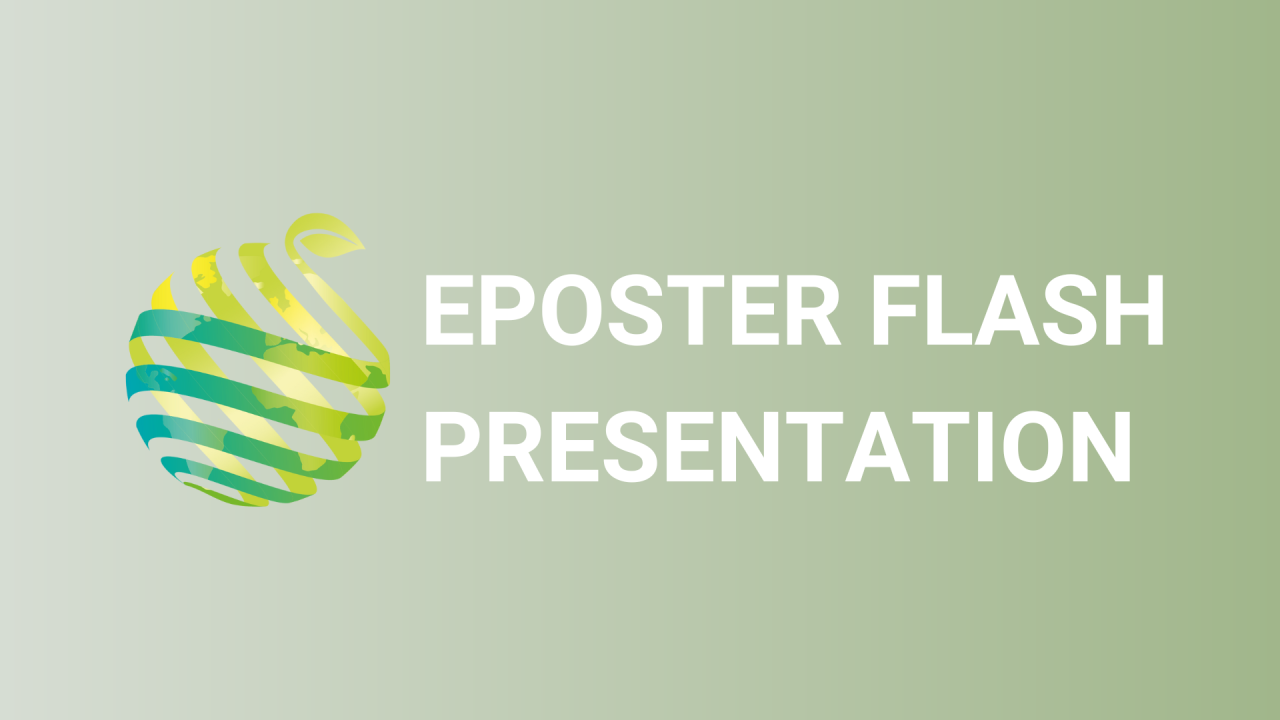

S06 - Session P2 - Yield, quality and resource use efficiency of basil grown in alternative soilless growing systems
Information
Authors: Andrew Blunk *, Myungjin Lee, Trevor Johnson, Raymond Balaguer, Francesco Di Gioia
Soilless, or hydroponic production systems are becoming more popular due to the benefits of increased yield and quality, reduced potential for pollution into the environment and efficient use of resources. Soilless production systems may be classified in two main categories: i) growing media-based systems including variations with alternative growing media (organic or synthetic), containers (pots, slabs, etc.) and solution delivery method (drip, subirrigation) and ii) water culture or hydroponic systems in which plants are grown directly in a nutrient solution without need of a growing medium. These systems could be further classified in a) static growing systems in which the nutrient solution is static and is held in a container and b) non-static growing systems, in which the nutrient solution is circulating. The effects of the different types of soilless growing systems on crop yield, quality, and resource use efficiency, have not been well researched. A study was conducted under protected environment, to compare side-by-side in the same environment and assess the effect of four different soilless production systems including Deep Water Culture (DWC), Kratky, NFT, and subirrigation on yield, nutritional quality, and resource use efficiency of 'Italian Genovese' and 'Dark Opal' basil. The same nutrient solution was used across systems. The highest yielding system was the floating or DWC system, recording 21% higher yields than the second highest yielding system, NFT. The most efficient use of energy, water and nutrients was observed with the Kratky (also known as "air-gap") system recording 42% less water use than the second most water efficient systems, NFT, subirrigation and DWC. The highest nutritional quality, measured in terms of total phenolic compounds and total antioxidant activity, was observed in basil grown in subirrigation. This study highlights how alternative soilless systems can provide different benefits in terms of yield, quality, and resource use efficiency.